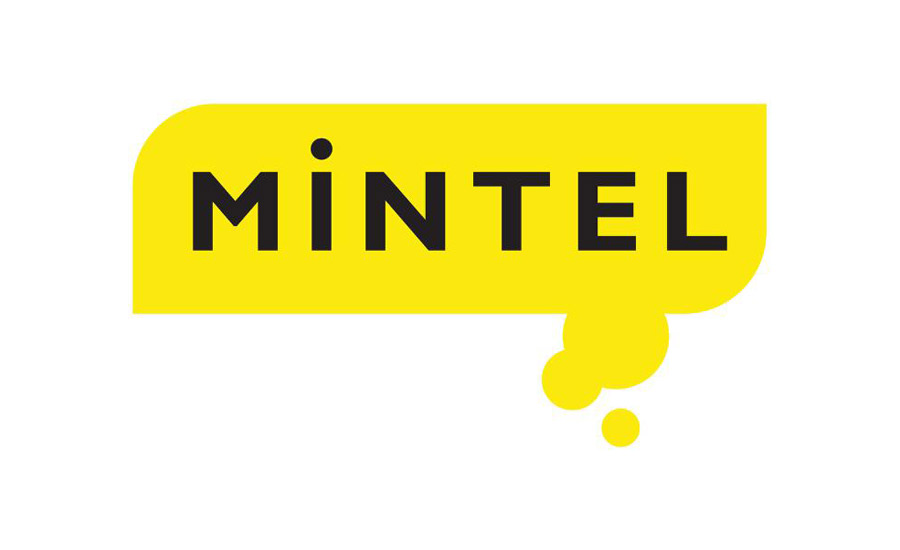Consumers beyond the Asia Pacific region may be unfamiliar with eating seaweed outside of sushi or miso soup, but seaweed-flavored food and drink just may be the next superfood trend in the West. New research from Mintel reveals that the%age of food and drink product launches with seaweed flavors, including kombu, nori/laver and wakame seaweed flavors, has increased by 76% in North America between 2011 and 2015, with an impressive 147% increase in Europe. This growth means Europe is now the second most innovative region globally when it comes to seaweed-flavored food and drink launches, followed by North America.
Indeed, while the majority of seaweed-flavored food and drink products are currently launched in the Asia Pacific region, accounting for 88% of global product launches between 2011 and 2015, Europe launched 7% and North America launched 4% of seaweed-flavored foods and drinks globally in the same time period.
Stephanie Mattucci, Global Food Science Analyst at Mintel, said:
“Seaweed has been a famous delicacy in many Asian countries for centuries, celebrated for its flavor and nourishing powers. While still somewhat niche in North America and Europe, we believe that seaweed could become the next superfood. Due to its abundance of natural vitamins, minerals and plant-based protein, seaweed speaks to the growing quest for naturally functional foods and alternative protein sources in the West.”
Indeed, the health benefits of seaweed seem to appeal to Americans, as Mintel research indicates that nearly half (46%) of US consumers have either tried or would like to try algae as a protein source, with similar agreement reported in Germany (58%) and the UK (44%).
Seaweed flavored snacks especially popular
Seaweed’s health halo presents a big opportunity for manufacturers in the West, especially in the snack category. Indeed, three in 10 US snacking consumers (30%) agree they snacked on healthier foods more in 2015 compared to the year before. What’s more, six in 10 (60%) US snacking consumers wish there were more healthy snack options, while 67% of Canadian salty snack buyers say there are more healthier salty snacks options than there used to be. This is in line with European consumers' preference for healthier options: around one third of consumers in Italy (30%), Poland (36%) and Spain (37%) would like to see a wider variety of healthier snacks.
Mintel’s Global New Products Database (GNPD) reveals that consumer demand is mirrored in new product launch activity, as 85% of seaweed-flavored food and drink launches in North America between 2011 and 2015 took place in the snack category. In Europe, nearly two in five (37%) seaweed-flavored food and drink launches were found in the snack category.
However, Mintel research indicates that it is important to consumers that these products also deliver on taste. Over half of US consumers (51%) who eat snacks and 56% of Canadian consumers who buy salty snacks agree that snack taste is more important than health benefits. These numbers are even higher among European consumers: 56% of Italian, 57% of Spanish, 62% of French, 65% of Polish and seven in 10 (70%) German consumers*** agree that flavor is more important than calorie content when indulging in a snack.
“The inherent health benefits in seaweed allow it to fit naturally into the healthy snack category. But even though consumers’ interest in health-enhancing food continues to increase, seaweed snacks will need to deliver on flavor in order to be successful with Western consumers," concluded Mattucci.
Seaweed-Flavored Products on the Rise
Food and drink product launches featuring seaweed flavors increased 76% in North America 2011-2015
